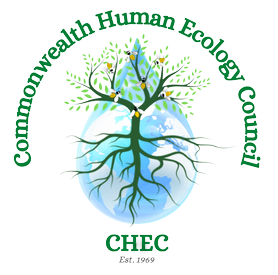Maldives Mangrove Project Report
Earlier this year we reported on the success of a number of mangrove projects we helped to fund through a grant received from the Commonwealth@70 Committee. The funds enabled us to launch our special issue journal on Mangroves and support projects in Fiji, Samoa, India, Malaysia, the Gambia and the Maldives. The latter has now released its Maldives Mangrove Project Report.
The team in the Maldives have now produced a highly informative report with details of the project area and the activities undertaken in the mangrove project. The report is entitled "#SaveNeykurendhooKandoofaa" which refers to the area where mangrove protection and restoration is being targeted and the effective hashtag has been used throughout the project on formal documents, social media messaging and campaign materials.
The report includes a full breakdown of the activities undertaken including meetings, field visits and data collection, outcomes, ways forward and an important array of project photographs that capture aspects of the Maldives mangrove project throughout. An excerpt of the introduction can be seen below while the full report can be downloaded here.
INTRODUCTION The island of Neykurendhoo is located in the center of Haa Dhaal atoll. The island has a land area of 169 hectares of which 28.3 hectares are mangrove/wetland areas. The mangrove/wetland area is significantly small in ratio when compared to the total land area of the island. (Technical Report on H.Dh.Neykurendhoo Mangrove and Wetland – 2017) Situated in the Northern most administrative division of Maldives, Neykurendhoo has the largest known mangrove in an inhabited island of the country. According to the census report of 2014, Neykurendhoo has a population of 743, which includes 328 men and 415 women. The island is 168.6 hectares but the total land area used by the small population of 750 people in the island is only 31 hectares, which determines to be 4.4 people per hectare. The majority of the islanders depend on tourism and fishery as their main source of income, however the islanders living within the island depend on agriculture for their daily needs as well as to generate income though the sale of their produce to the capital Male’ as well as nearby islands. The main crops produced by farmers in Neykurendhoo include bananas, coconuts, chilies and breadfruits. Groundwater is being used for agriculture as well as household purposes. The island freshwater lens is well maintained probably due to the mangrove/wetland.
